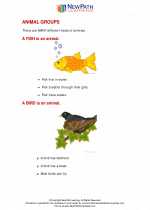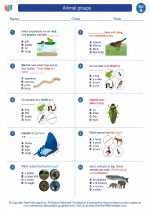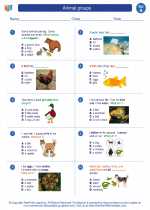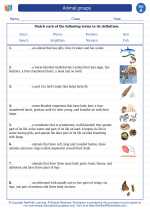What is Oil?
Oil is a thick, viscous liquid that is extracted from the ground. It is a non-renewable natural resource that is formed from the remains of ancient plants and animals that were buried and subjected to high heat and pressure over millions of years.
Types of Oil
There are different types of oil, including:
- Crude oil: This is the unrefined oil that is extracted from the ground.
- Vegetable oil: This type of oil is derived from plants, such as soybeans, corn, or olives.
- Mineral oil: This is a byproduct of the distillation of petroleum to produce gasoline.
Uses of Oil
Oil has a wide range of uses, including:
- Energy production: Oil is a major source of energy used for transportation, heating, and electricity generation.
- Manufacturing: Oil is used in the production of plastics, synthetic fibers, and other materials.
- Food production: Vegetable oil is used in cooking and food processing.
- Medicinal: Mineral oil is used in some medicinal products and as a lubricant in certain medical devices.
Environmental Impact
The extraction, production, and use of oil can have significant environmental impacts, including air and water pollution, habitat destruction, and contribution to climate change.
Study Guide
Here are some key points to remember about oil:
- What is oil and how is it formed?
- What are the different types of oil?
- What are the main uses of oil?
- What are the environmental impacts of oil production and use?
Be sure to review these points and think about real-life examples of how oil is used in our daily lives and its impact on the environment.
[Oil] Related Worksheets and Study Guides:
.◂Science Worksheets and Study Guides First Grade. Animal groups
Study Guide Animal groups
Animal groups  Worksheet/Answer key
Worksheet/Answer key Animal groups
Animal groups  Worksheet/Answer key
Worksheet/Answer key Animal groups
Animal groups  Worksheet/Answer key
Worksheet/Answer key Animal groups
Animal groups  Vocabulary/Answer key
Vocabulary/Answer key Animal groups
Animal groups 

 Worksheet/Answer key
Worksheet/Answer key
 Worksheet/Answer key
Worksheet/Answer key
 Worksheet/Answer key
Worksheet/Answer key
 Vocabulary/Answer key
Vocabulary/Answer key

The resources above cover the following skills:
LIFE SCIENCE
From Molecules to Organisms: Structures and Processes
Design a solution to a human problem by using materials to imitate how plants and/or animals use their external parts to help them survive, grow, and meet their needs (e.g., outerwear imitating animal furs for insulation, gear mimicking tree bark or shells for protection).